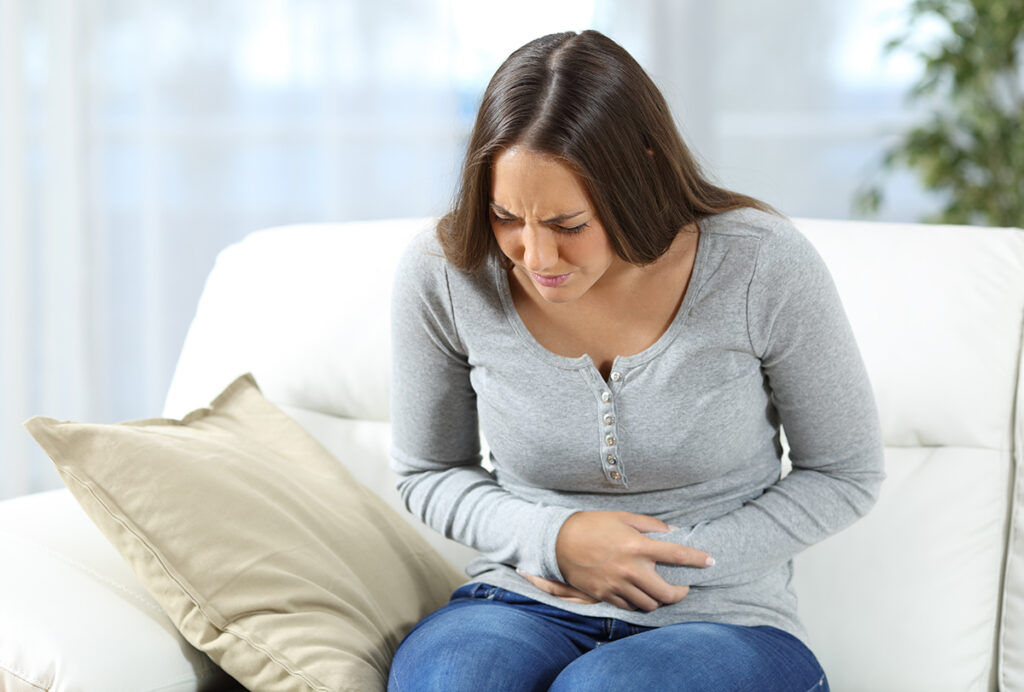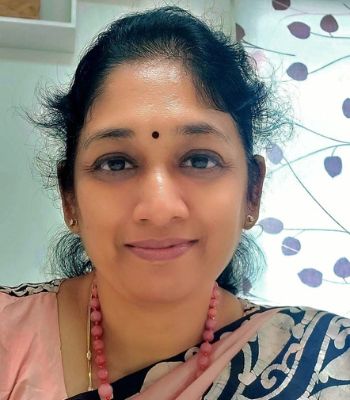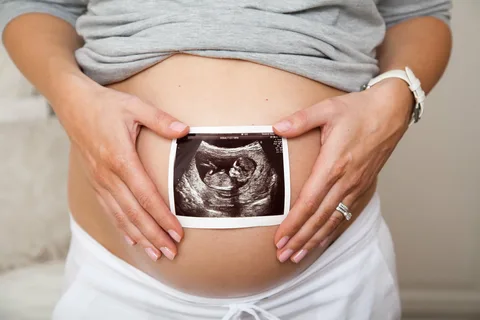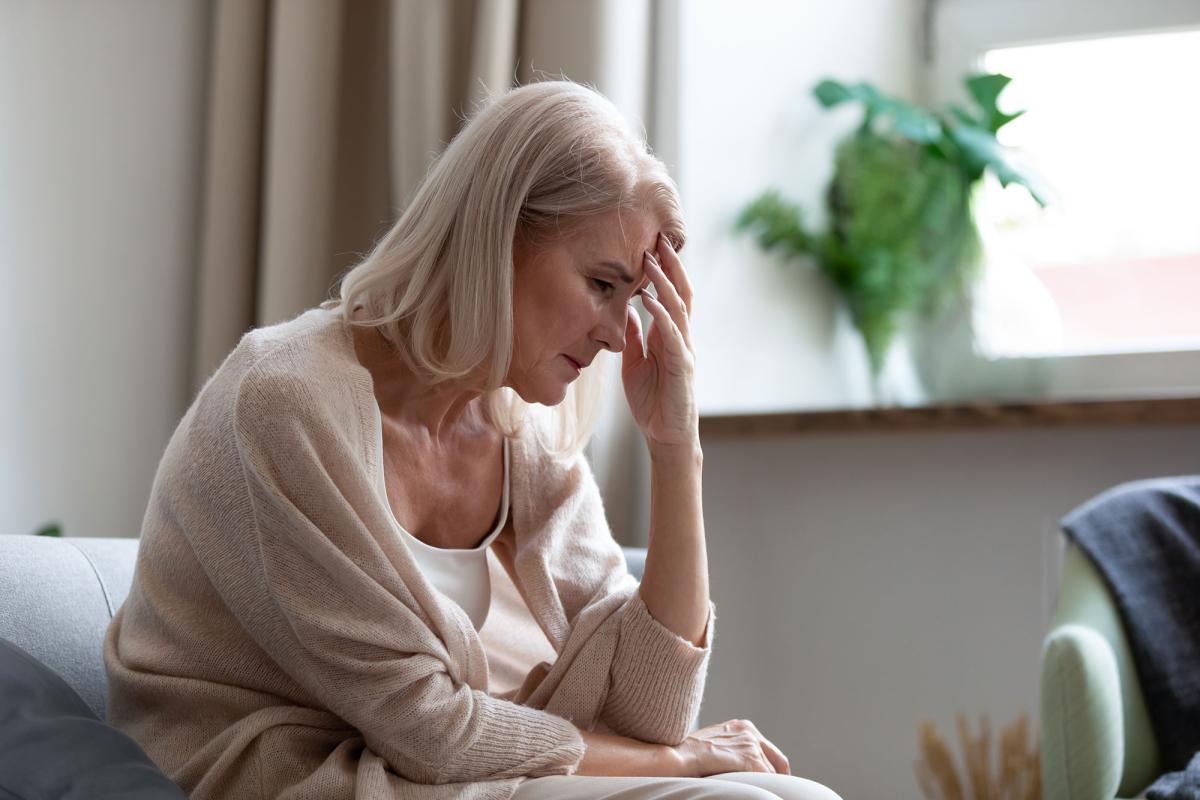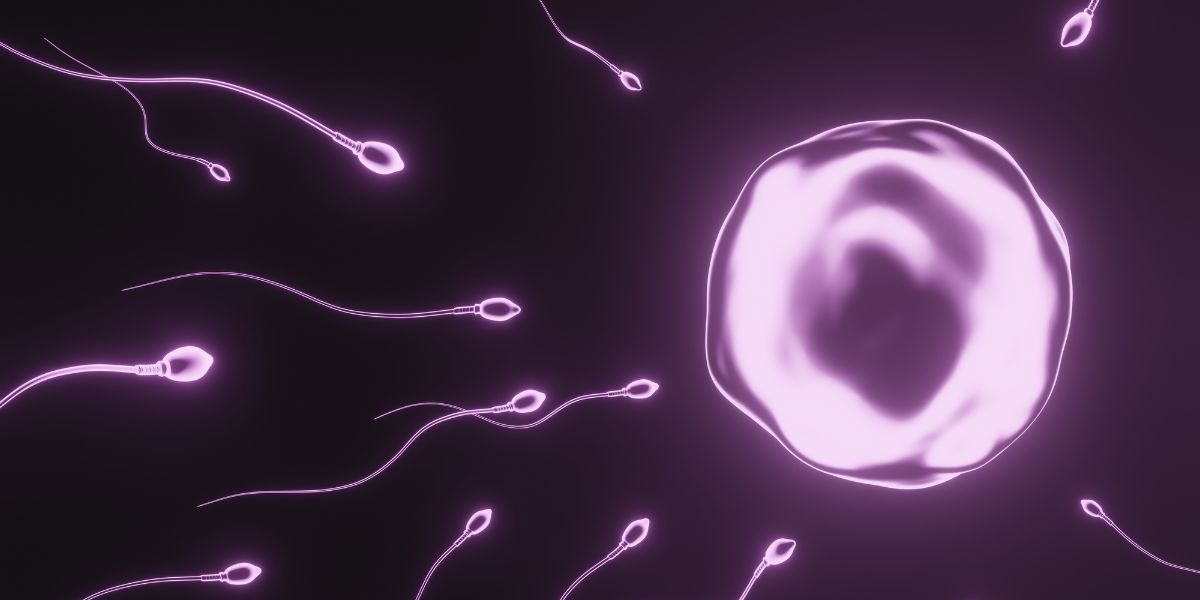March is designated as the month for Endometriosis awareness. Endometriosis affects nearly one in 10 women in the reproductive age group. It is a disease of the young and can have devastating effects on physical as well as mental health of a woman. Let’s throw some spotlight on this less understood disease which is exclusively seen in women and understand what modern medicine has to offer for women suffering from it.
So what exactly does someone with this condition suffer from?
Women with endometriosis generally come to a doctor with complaints of
- Progressively increasing severity in period pain or dysmenorrhoea.
- Chronic pelvic pain
- Irregular menstrual bleeding patterns
- Inability to conceive
About 87% of women with endometriosis have chronic pelvic pain and nearly 47% of young women with endometriosis have infertility. Even among adolescents, 75% of girls with severe period pain had endometriosis on laparoscopy.
What is really happening in the woman’s body to cause all these complaints?
Endometriosis is caused when cells identical to the “endometrium” or the inner lining of the uterus are found on the outer surface of the uterus, ovaries and fallopian tubes , sometimes on the surface of the urinary bladder and the large intestine.
During every menstrual period, the cells in all these abnormal locations also show the hormone changes and bleed. Over a long period of time this leads to Ovarian cysts with dark chocolate colored fluid inside, sticky adhesions between the ovaries, tubes, uterus and its surrounding organs . This results in severe pain & fertility issues. In severe cases the endometriosis can invade into the urinary bladder or intestine and cause blood in urine or stool.
How do doctors make the diagnosis of Endometriosis?
Most of the time the woman’s complaints of pain, infertility give rise to a suspicion and if Ultrasound or MRI shows features of adhesions or Ovarian cysts we can be fairly sure. But confirmation of diagnosis is possible only by a laparoscopy and biopsy from any suspicious areas on the uterus, ovaries, tubes etc. A diagnosis is made whether there is a. Superficial Endometriosis b. Deep Endometriosis or c. Ovarian Endometriosis
What are the treatment options for Endometriosis?
In women with superficial endometriosis and low pain scores, and those with ovarian cysts less than 4 cm size usually medical treatment with various hormonal drugs can be tried. The aim of treating with medicines is usually to suppress periods or menses so that bleeding doesn’t occur and the endometriotic cells die out over a few months.
Recommended – In some cases where fertility procedures are planned even small cysts may have to be removed.
Surgery is usually a laparoscopy, done mainly for diagnosis and removal of ovarian cysts. The endometriotic areas surrounding the uterus and tubes are cauterized or burnt using special instruments. This type of Fertility-enhancing surgery is done when the woman is planning for a pregnancy. In cases with chronic pain and recurrent cysts with deep endometriosis, especially when child-bearing is not planned, removal of the ovaries and uterus is also advised. The surgeries can be quite complex and experienced hands are required.
What are some serious issues that can occur in Endometriosis?
Treating Endometriosis is not just about improving fertility or removing cysts. It is a complex disease affecting a woman’s quality of life and day-to-day activity. The chronic pain may remain in spite of all surgery.
In some women with Deep Infiltrating Endometriosis the urinary bladder and intestine also may get affected and more complex surgeries may be needed causing long recovery times and many additional procedures.
Endometriosis is a difficult condition to live with and since it is progressively worsening, appropriate treatment at the right time should be taken and from the right specialist doctors. With a good combination of medical treatment and advanced surgical options women now have a better chance of fighting this condition and living healthily.

